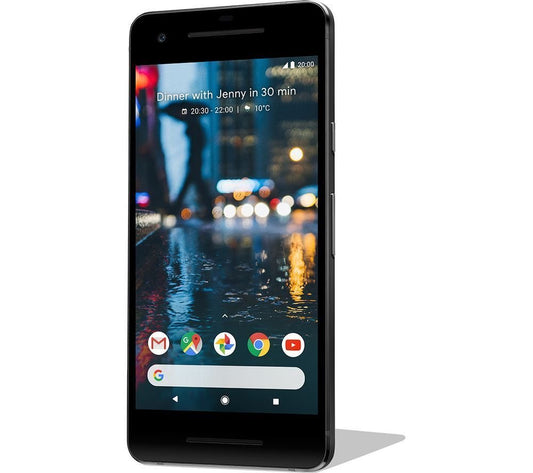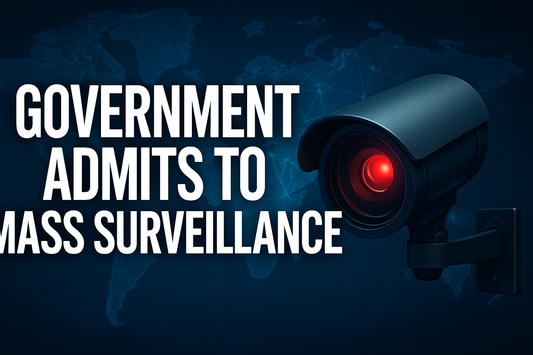In an age where personal privacy is more valuable than ever, the rise of privacy phones has been nothing short of revolutionary. As consumers become increasingly aware of the dangers posed by data breaches and intrusive data collection practices, the need for devices that prioritize user privacy has surged. But how exactly do these devices protect data? In this technical overview, we will explore the intricate workings of privacy phones and what sets them apart from conventional smartphones.
The Evolution of Privacy Phones
Prior to the demand for privacy-centric devices, smartphones such as the Google Pixel 7 Pro offered users a mix of functionality and convenience. However, these devices often came with pre-installed apps that surveilled user activities or demanded excessive permissions. Recognizing these concerns, privacy phones emerged to bridge the gap between technology and user privacy.
What Makes Privacy Phones Different?
Privacy phones are designed with a few fundamental principles in mind that set them apart from their mainstream counterparts:
- Restrained Software and Fewer Pre-Installed Apps: Many privacy phones run on minimalistic operating systems that come with limited pre-installed applications. This approach drastically reduces the number of potential vulnerabilities.
- Open Source OS: Various privacy-focused devices operate on open-source operating systems like GrapheneOS or LineageOS. This transparency allows developers and users to inspect the source code, making it difficult for malicious software or backdoors to remain hidden.
- Enhanced Security Features: Privacy phones utilize advanced security protocols, such as end-to-end encryption and sandboxing, to safeguard sensitive data effectively.
How Privacy Phones Protect Data
To understand the mechanics of privacy phones better, let's break down the key components involved in protecting user data.
Encryption: The Cornerstone of Data Security
Encryption is paramount when it comes to protecting data on privacy phones. By converting information into an unreadable format, encryption ensures that even if data is intercepted, it cannot be understood without the corresponding decryption key. Privacy phones often utilize a combination of:
- Full Disk Encryption: Encrypts the entire device storage, securing user data from unauthorized access.
- End-to-End Encryption: Protects messages and calls, ensuring that only the intended recipient can read or listen to them.
Minimal Data Collection
Another key aspect of privacy phones is their commitment to minimal data collection. Unlike many mainstream devices that continuously upload user data to the cloud, privacy phones are designed to limit data extraction:
- No Bloatware: Without pre-installed applications, the risk of unnecessary data collection is drastically decreased.
- Permission Management: Privacy phones often allow users to control permissions in a more granular way, enabling them to decide what information applications can access.
The Role of Privacy-Centric Apps
While a privacy phone's hardware is critical, software also plays a vital role. Many privacy phones come with a suite of privacy-centric applications available for download. These can include secure messaging platforms, anonymous browsing tools, and secure email services.
Choosing the Right Apps
When using a privacy phone, selecting the right applications is essential for maintaining a secure environment. Here are some categories to focus on:
- Secure Messaging: Applications that offer end-to-end encryption, such as Signal or Telegram, keep communication thoroughly protected.
- Web Browsers: Opt for browsers like Brave or DuckDuckGo that prioritize user privacy and block intrusive tracking.
- VPN Services: A Virtual Private Network (VPN) masks users' IP addresses and encrypts internet traffic, further protecting data during browsing activities.
Understanding the Limitations
While privacy phones significantly enhance user data protection, they aren't without limitations. Awareness of these can help users make informed decisions.
Learning Curve
For many users accustomed to traditional operating systems, adapting to an open-source privacy phone may present a learning curve. The interface, functionality, and app availability differ significantly, which can be a barrier to entry for some users.
Network Security Risks
Even the best privacy phone cannot defend against network-based attacks. Users must remain vigilant and practice good security hygiene, such as avoiding public Wi-Fi networks or using a VPN to secure their connections.
Choosing Your Privacy Phone Wisely
When considering a switch to a privacy phone, various factors should be evaluated:
Operating System
As mentioned, privacy phones often run on open-source operating systems. Familiarize yourself with the pros and cons of each option. GrapheneOS, for instance, is known for its robust security features, while LineageOS offers a more customizable interface.
Hardware Specs
To ensure smooth performance, take hardware specs into account. While it is tempting to focus solely on privacy features, adequate processing power and memory are vital for handling everyday tasks efficiently.
Manufacturer Reputation
Research the manufacturer’s reputation and support structure. A trustworthy brand will likely have a history of good customer support and timely software updates, which are critical for maintaining security.
The Future of Privacy Phones
The trend towards privacy consciousness shows no sign of abating. As more individuals recognize the importance of safeguarding their personal information, it's likely that innovation will continue in the realm of privacy phones. These innovations may include:
- AI-Powered Security: Future privacy phones may implement advanced artificial intelligence algorithms that can detect and neutralize potential threats in real-time.
- Enhanced User-Control Interfaces: Expect to see interfaces that grant users even more control over their data and digital footprint, making it simpler to navigate privacy options.
Wrapping Up: Taking the Leap into Privacy
Switching to a privacy phone can seem like a daunting leap, but the benefits of protecting your data far outweigh the initial challenges. The era of oversharing is on the decline as privacy phones take center stage in the tech world. By choosing to adopt a privacy-centric device, you’re not just investing in a phone; you’re investing in your personal security. Remember, every step you take towards protecting your data is a step toward a more secure future. Dive into the world of privacy phones, and reclaim your digital autonomy today!








